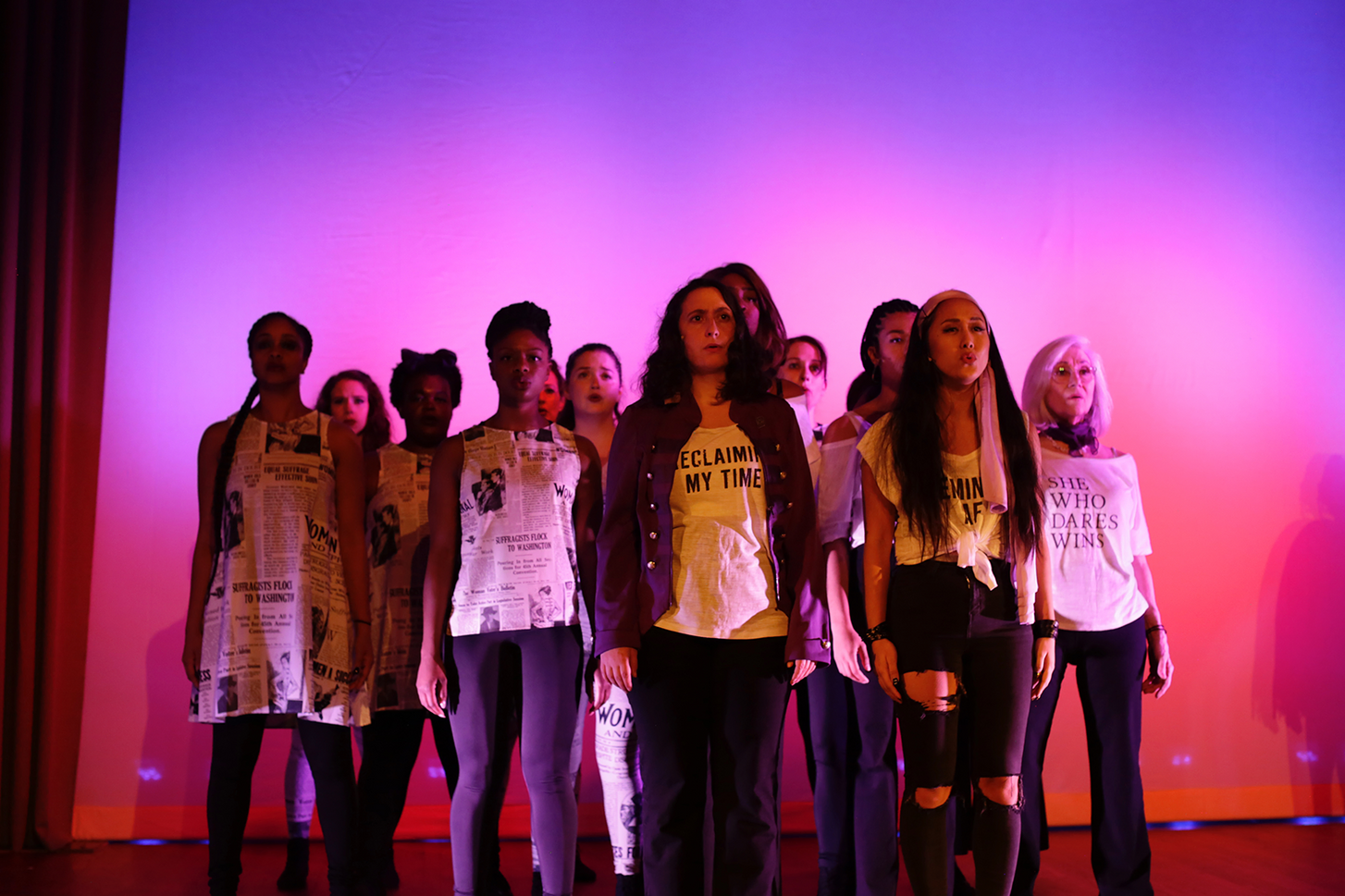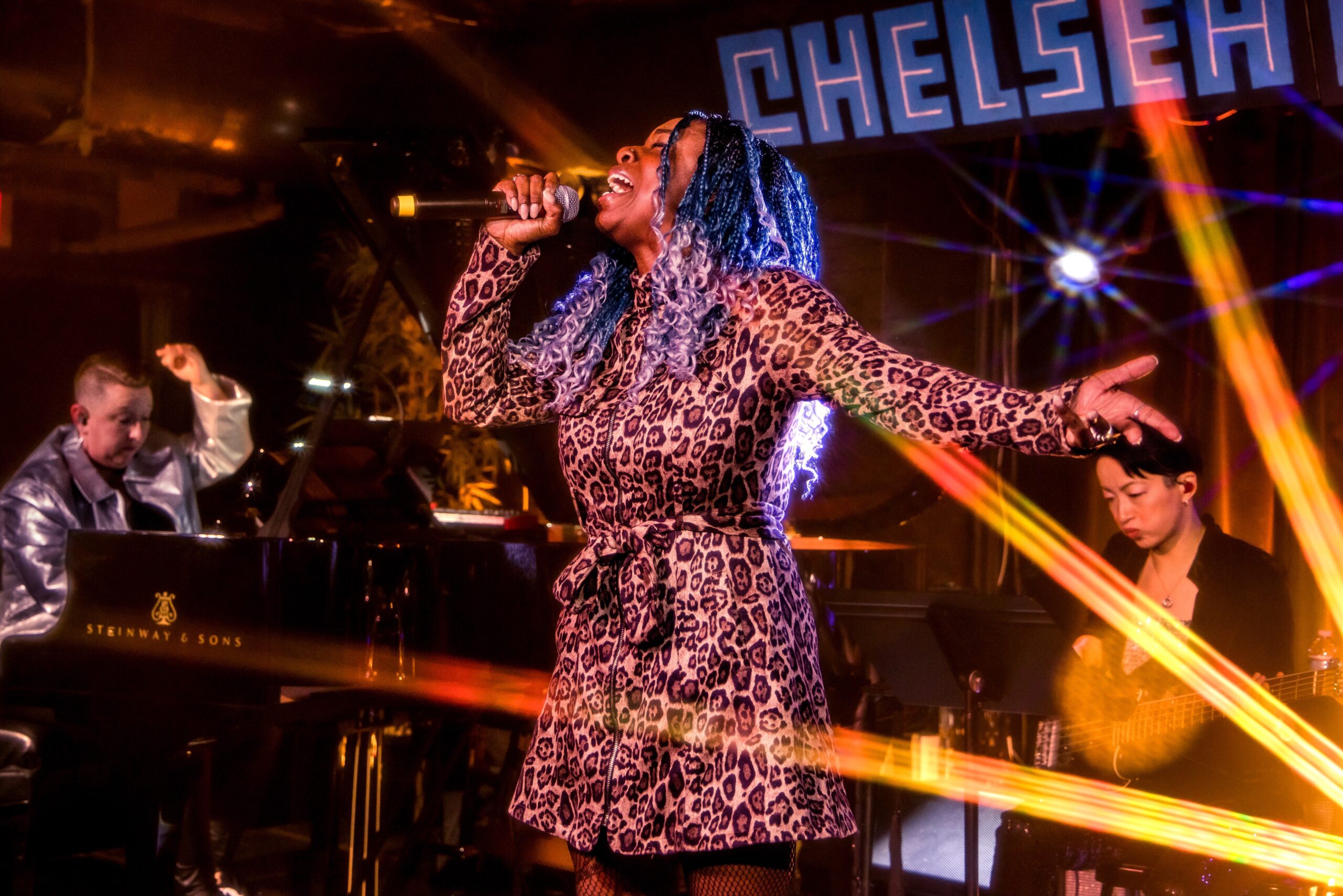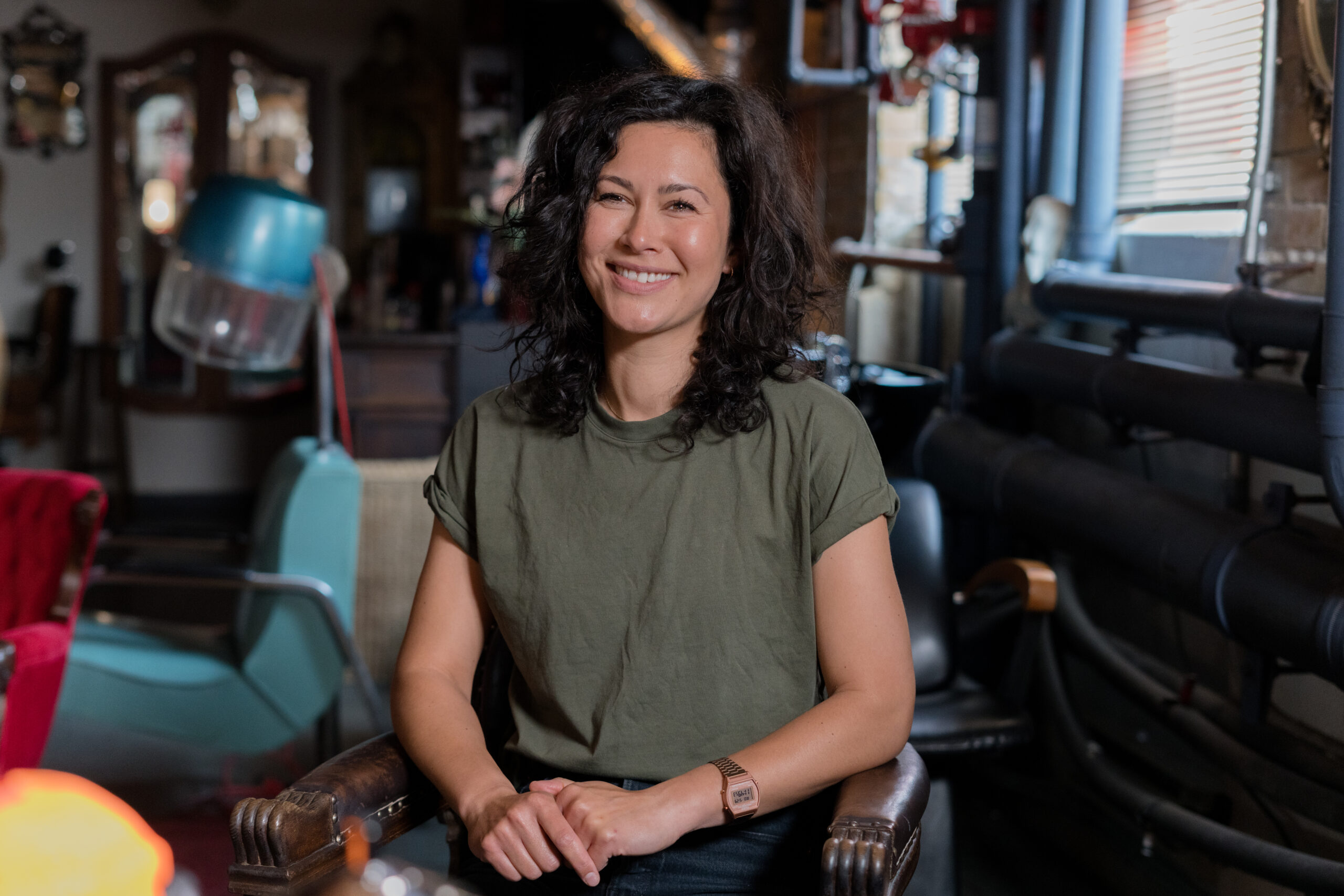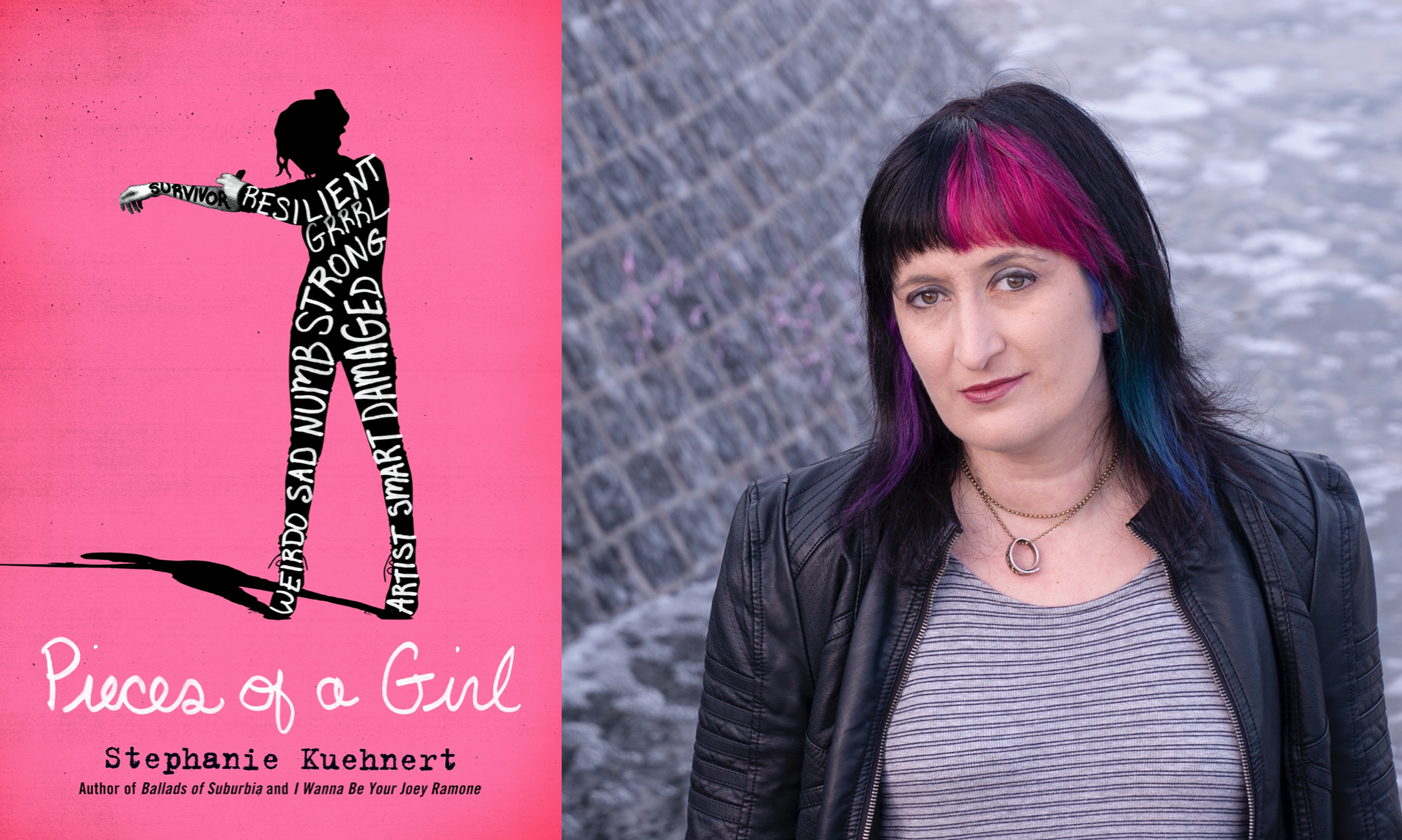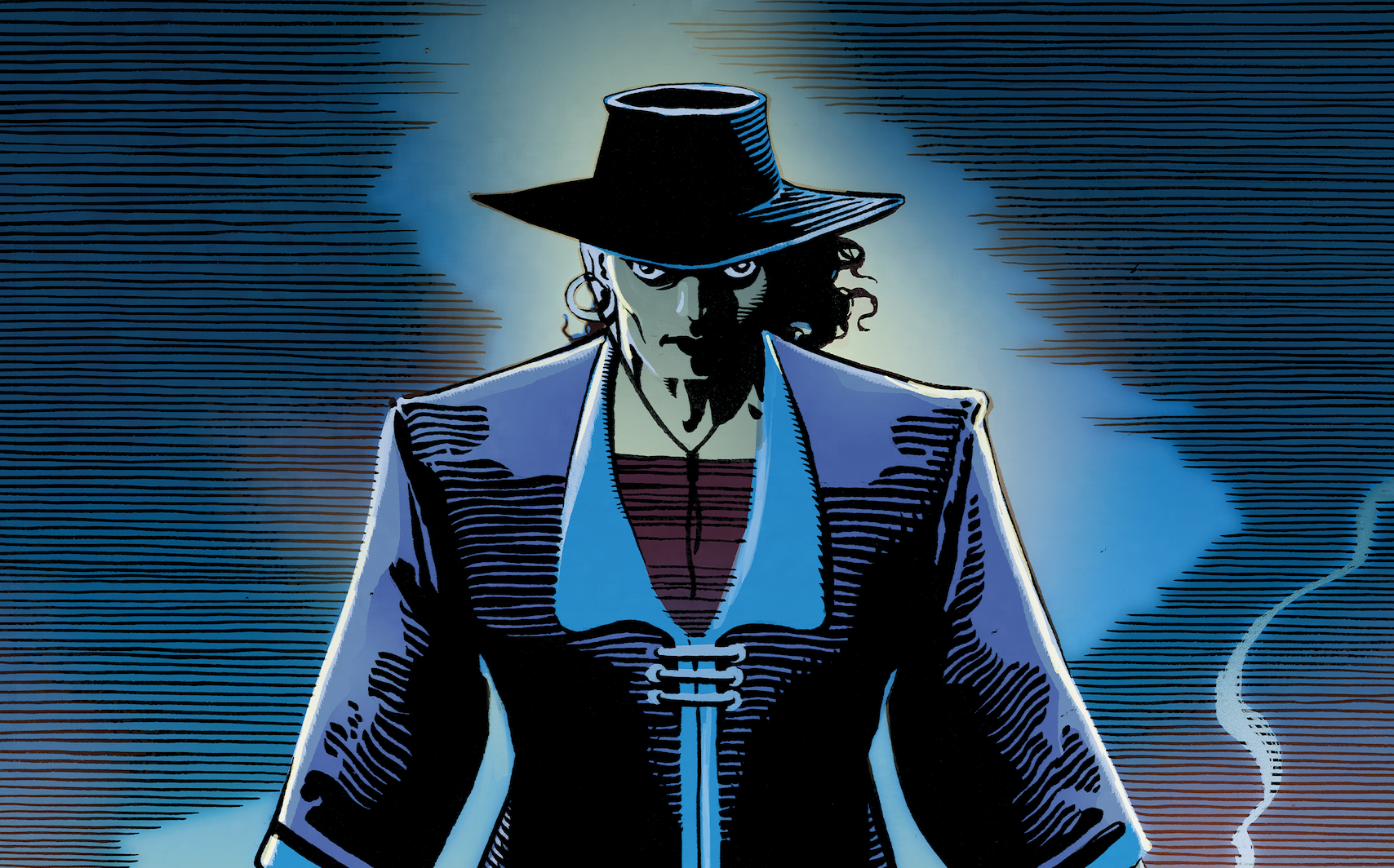
The media landscape is changing fast, and with the ever-expanding Metaverse becoming a dominant aspect of digital media and entertainment, it is becoming an opportune space for women to lay new ground and become innovative leaders.
While men still dominate the broader tech space, women creators in AR/VR/Web3 are already making their mark on this new landscape developing immersive storytelling techniques, world-building innovations, and inclusive movements designed to bring more women into the Metaverse.
Meet 3 of these pioneer creatives – Candice Houtekier, Michaela Ternasky-Holland, and Mary Matheson – award-winning international women creators who are claiming their space in the Metaverse and pushing the creative boundaries in immersive VR storytelling. The three of them were handpicked by Meta to lead an intimate VR-based panel experience on International Women’s Day this year, which delved into their creative process and ways women around the world can help shape the Metaverse in extraordinary ways. The panel was part of The Metaverse Culture Series is a first-of-its-kind virtual reality initiative dedicated to driving representation, access, culture and equity into the fabric of the metaverse.
Before we get into our chat with the three creators, here’s a little more about each of them:
Candice Houtekier has been a metaverse explorer and a virtual reality enthusiast since 2016. She is the founder of Art Collision, a Toronto-based creative studio focusing on digital tools, metaverses, and VR. As a Futurist, she collaboratively explores and constructs new virtual realities to develop, transform, and enrich the international art market. Instagram, LinkedIn, Twitter.
Mary Matheson is an award-winning British director known for her innovative work directing character-driven films for social impact. She mixes the latest technology (mobile, augmented and virtual reality), along with intimate documentary techniques to bring the audience into the heart of the narrative. Her recent VR work A Brighter Future highlighting people and organizations with solutions to the Climate Change was shown at COP26 in Glasgow in 2021, and a VR documentary about the Yazidis in northern Iraq is currently exhibiting in Karlsruhe, Germany ahead of a 2022/23 global tour. She was lead director on a ten-part 360 series New Realities featuring young female activists throughout the world, supported by Ava DuVernay’s Array Now and featured on the Oculus platform.
Michaela Ternasky-Holland is a multi-racial Emmy, Webby, and Sheffield Doc/Fest award-winning XR/metaverse storyteller. Recently named as one of the 100 Original Voices of XR, she creates non-fiction and socially impactful stories by using immersive and interactive technology. She focuses on the impact of the projects to move beyond the project itself.

Can you talk about how you found your way into the VR world of storytelling, and why this type of media and tech interested you in the first place?
My first experience with a VR headset was in 2015 at the Montreal Science Centre. I went to an exhibition called “Game On”, and it was a touring exhibition on the history and culture of computer games. Over 150 playable games were available to the public, and among them was the Oculus DK2, one of the first VR headsets available to developers. The VR experience featured was a horrible roller coaster video game, not well-designed, with saturated colors but I instantaneously fell in love with the hardware and realized that the technology was going to have a tremendous impact on our daily lives.
Both tech and media are fairly male-dominated, but VR is a new area that is seeing a lot of diverse women rise to the top. Why do you think so many women are drawn to VR?
The relationship between women and the video game industry has received extensive academic and media attention. Female gamers have commonly been regarded as a minority, but industry surveys have shown that women have been found to make up around half of all gamers. When I started my MA in Art History, with a minor in video game studies, I was surprised to see a 50% ratio of females and males in my classes. Women are simply underrepresented in the tech world and in a lot of industries in general.
For those unfamiliar with the terms, can you explain what VR, AR, and Web3 are, and the differences?
VR stands for “Virtual Reality”, which is a computer-generated environment. AR means “Augmented Reality” and uses a real-world setting to superimpose computer-generated elements. VR and AR can be both accessible through a laptop (PC, Mac), a mobile device (a tablet or a smartphone), or a VR headset. Web3 is the next generation of web browsers, which is based on blockchain technologies.

What does it mean to be a trailblazer in this landscape?
The primary goal of Meta’s new Metaverse Culture Series was to create accessible entry points for women and other historically excluded communities into the future of tech as we redefine the way we do business, connect and create. As early adopters, we can influence how the metaverse is being shaped to create more accessible entry points for historically excluded communities into the future of technology.
How is your work in AR/VR/Web3 working to amplify underrepresented stories and perspectives in the metaverse?
In 2019, I founded Art Collision, a creative studio that helps art organizations to exhibit online and host online events. We partner with different metaverses to offer our clients virtual gallery spaces for exhibitions taking place in a fully interactive, social virtual reality (VR) world. In 2021, I founded Floating Point Gallery, a meta art gallery that lives in virtual reality and exhibits across digital words. Our mission is to cultivate progressive ideas and untapped potential in the Canadian arts into exceptional, innovative, and avant-gardistes exhibitions accessible across metaverses. Floating Point Gallery is exclusive to artists from Canada. We leverage our existing platforms to give our artists an opportunity to provide deeper context on their artwork and elaborate on their creative process.
What advice would you give to other female creators who are trying to break into the space? And how would you encourage more women creators to think about entering this space?
You don’t necessarily need to code to create immersive environments. But the best thing about metaverses is the community behind them and the great people you can meet along the way.
Why is VR the future of storytelling, and where can people watch a VR film?
I don’t believe in storytelling, but “storyliving”. When you interact in a computer-generated environment, there is no script. At its core, the concept of “storyliving” is made up of experiences where choice matters. The journey is personal but can also be shared with other people in real-time. This is the metaverse.

Can you talk about how you found your way into the VR world of storytelling, and why this type of media and tech interested you in the first place?
I realized in high school that I wanted to be a part of storytelling, no matter how that manifested. At the beginning of my second year in college, I booked a Disney Cruise Line contract, so I took a personal leave of absence from UC Irvine, completed the nine-month performance contract, and then returned to UC Irvine to complete my degree.
While I continued my Literary Journalism degree and Digital Filmmaking minor, I continued to audition. I would go on to perform and dance at Disneyland, Legoland, and SeaWorld in Southern California. During my time on Disney Cruise Line and in the theme parks, I saw firsthand the power of immersive and interactive human-centered storytelling.
My understanding of movement and how to choreograph within a 3D space has helped me hone my storytelling skills using immersive and interactive technologies like AR (augmented reality) and VR (virtual reality). My dance/performance background also helps her to understand how to get the audience involved in immersive experiences
Both tech and media are fairly male-dominated, but VR is a new area that is seeing a lot of diverse women rise to the top. Why do you think so many women are drawn to VR?
As a newer, younger industry that is reliant on emerging tech, I believe the VR industry can be more inclusive from the start as it’s less set in its ways than traditional filmmaking and journalism. This fledgling industry truly has the ability to drive change. I foresee that if we create a digital reality that’s based on our old, outdated ideas of colonialism, imperialism, and exclusivity, then we risk falling into the same traps as the physical world and will re-create our current poor record of inclusivity and diversity. Web 3.0 gives us the chance to start over when building the new digital world.

For those unfamiliar with the terms, can you explain what VR, AR and Web3 are, and the differences?
Let’s take a moment to step back and look at the idea of the digital reality. Whether you send text messages and e-mails or play Fornite and sell NFTs. You have started your connection with the digital reality. Web3 or Web 3.0 is the next evolution of the online experience. As of now, most people interface with the Web on a two-dimensional screen, like an iPhone or laptop. The idea of Web 3.0 is that new tools and technology will allow people to interact with the Web in a more 3D dimension. A more spatialized web would mean that commerce platforms like Amazon or Etsy would live less like a scrollable and clickable webpage and more of a spatialized online store, similar to the one we interact within the physical reality. There will be aisles to explore, and the products will be a three-dimensional render to examine before purchasing.
Now, this is where we can start exploring the concepts of VR and AR. These are connective bridges between the physical and digital reality. VR (virtual reality) is full immersion in the digital reality through the use of headsets. These headsets will be devices used to access Web 3.0, similar to how we use a laptop to access Web 2.0.
AR (augmented reality) is the blending of physical and digital reality. It is in a sense partial immersion because you are layering digital assets over a physical landscape. Devices like smartphones, tablets, and mixed reality headsets give people access to augmented reality today. When these digital assets are 3D it is an access point to an aspect of Web 3.
For example, Ikea has an augmented reality feature in their app that allows you to visualize the size of a furniture piece by allowing you to place a 3D version of this furniture piece into your personal space via the camera on your smartphone or tablet. Once the object is placed into your space, you can move it and change its orientation fluidly, as if the actual furniture was delivered to your space.
What does it mean to be a trailblazer in this landscape?
For me, being a trailblazer is forging a new path, and it truly is an honor to be considered one. I believe diversity is too often treated as a box-ticking exercise. To work towards true inclusivity, there needs to be a shift in the way we tell the stories of people who are not as privileged as us.
This includes seeking out local talent from underrepresented communities and regions, ensuring that the people featured in storytelling projects have access to the technology and platforms that are sharing their stories, and re-investing in these communities. For example, I was recently a creator and producer on a Filipino VR project because I have Filipino heritage. But I do not believe that I am truly representative of the Filipino reality and this was an example of ‘box-checking.’ To be truly diverse the experience needed people living in that culture.
I aim to inspire and equip people to share diverse narratives and bring them into the mainstream. ‘Stories have power’ is one of my mottos.

How is your work in AR/VR/Web3 working to amplify underrepresented stories and perspectives in the metaverse?
I coined the term compassionate storytelling. I use this term as my approach to diversifying stories told using the mediums of AR/VR/Web3. This is the rediscovery of ethical journalism through non-traditional mediums and honors the collaborators and the audience. The first pillar of compassionate storytelling is for journalists/performers to work with individuals/directors that have lived or have written powerful stories in a deeply collaborative manner. The second pillar of compassionate storytelling is to not only take special care of the story/performance but also to the guests/audience members experiencing the story. I strive to make compassionate storytelling and the hyper fusion of old and emerging storytelling techniques available to well-known storytellers. And also to push the emerging and diverse narratives to be accepted in the mainstream.
What advice would you give to other female creators who are trying to break into the space? And how would you encourage more women creators to think about entering this space?
To those looking to break into the space: Opportunities, projects, and collaborations will come and go. Release the ones that do not serve you. No need to hold on so tightly to something that is just not working out or serving your higher self. You are not valued because of what you do or how you perform. You are awesome, valued, and loved because you exist. There is no need to be so competitive and sharp. What is meant for you is already yours.
Women creators think about: There is no such thing as lost time, only lessons to learn and lessons learned. If we are to make the VR/AR/Web3 space inclusive, be sure to make the internal team’s experience as ethical, equitable, and enjoyable as the external audience’s experience.
What are some exciting VR films or videos centered around women’s stories that you recommend everyone check out?
For documentary VR films, I would recommend The Female Planet series by Mary Matheson on Youtube VR, and the New Realities series by Ava DuVernay via Meta Quest’s Media platform.
For narrative VR, I would recommend Baba Yaga, BATTLESCAR: Punk Was Invented By Girls, and Pixel Ripped 1995 available via Meta Quest headset.
Why is VR the future of storytelling?
While working at TIME, I realized that my work is aimed at both the digital and physical dimensions, and I always consider accessibility and equality as a foundation in creating a new era of media. This in turn led me to realize that traditional journalism viewpoints are too constrained and distorted by colonial and capitalist mentality. My passion lies in telling stories about, and for, people who struggle to be represented representation in the media.
VR film would be described as immersive film. A more passive form of virtual reality entertainment. You can watch VR films in a lot of places. You can start with 360 films on Youtube, Vimeo, or Facebook using a 2D interface. If you have access to a virtual reality headset, you can access libraries of immersive films through different platforms.

I spent three years in Venezuela and Colombia writing for the Christian Science Monitor, TIME Magazine, the Guardian from the UK and making radio packages for National Public Radio. I cut my teeth as a reporter writing stories about Venezuelan prisons, the Colombian civil war and mostly about the hunt and capture of the Cali Cartel.
When I came back to the UK, I started off working for Associated Press TV and gradually developed a documentary practice, rooted in finding and telling stories about underrepresented people. Trafficking of girls from West Africa to the UK, kite-makers in Afghanistan and a trailblazing village chief in Senegal planting Mangoes to stop desertification.
But I started to feel dissatisfied with what I felt was a one-sided relationship – I would parachute into a country, shoot the story, do the interviews, edit the film, broadcast, get paid. Sure, it was important to get these stories out to US and UK audiences, but what about the protagonists in my stories? How could they also benefit from them.
I began to make documentaries for impact – working with non-profits to use the films as part of their advocacy work and for policy change. Several of my films were used to lobby the UN to set up an International Day of the Girl and another was broadcast in the UN General Assembly when Malala Yousefzai led a youth takeover in 2013.
My practice became increasingly experimental as I looked for new techniques to tell stories. This dual pathway of documentary innovation + co-creation with the characters in the films – brought me firmly to the door of virtual reality in 2016. I was asked to make a 360 film in Sierra Leone, with 23-year-old Mamie, as part of a campaign to support girls’ education around the world.

I had been totally captivated the first time I watched a VR film the previous year and immediately embraced this new technology. I had spent my career trying to bring characters and stories to the UK and US audiences, and now suddenly I could transport the audience to them.
Viewers were no longer casual observers peering through a 2D window, they were IN the story itself. After ‘Mamie’s Dream’, the immersive bug had definitely bitten and I was asked to direct a five part 360 series for Google VR. The target audience was young female gamers. Google VR had realized that there wasn’t much content aimed at young women and so commissioned this series featuring 5 young women, who are breaking barriers in their fields.
Gina Rodriguez, LatinX actor; Ibtihaj Mohammed – Olympic fencer and the first US athlete to wear a hijab while competing at the Olympics; Inna Bravermann, an eco entrepreneur; Vidya Vox, an Indo-American singer; and Tiera Fletcher, Boeing/NASA aerospace engineer, working on the rocket that will take humans to Mars.
Since then I have worked on several VR for impact films. Here are a few highlights:
Nobody’s Listening – a VR documentary about the ISIS genocide of Yazidis in northern Iraq, currently on a global tour of galleries & museums.
A Brighter Future – an interactive VR experience exploring positive solutions to the climate crisis, shown at COP 26 the UN climate conference in Glasgow 2021.
New Realities – a ten part 360 series showcasing young female activists from around the world, supported by Ava DuVernay.
Both tech and media are fairly male-dominated, but VR is a new area that is seeing a lot of diverse women rise to the top. Why do you think so many women are drawn to VR?
The immersive industry is an exciting place to be – we’re at the dawn of a new world and women want to be a part of it. We’re also just working out the rules and the frameworks. We have a chance to set out new ground rules so that the workplace can be more diverse, equitable and inclusive.
It’s also completely varied – we have people from theatre, film, gaming, computer science and art. So anyone who wants to explore how to combine these genres or break down walls should give it a go!
We want more women to join us. We’re all at the beginning. Honestly, there are no experts yet. I am an old hand because I have been in this business since 2016!
I have just taken a job with Arizona State University as a Professor of Practice teaching Narrative and Emerging Media in a brand new campus in Los Angeles. At the core of our work will be reaching out to students from underrepresented groups – we want to make sure that everyone gets a chance to create and tell stories. We’ll be working closely with the local LA community as well as XR industry leaders to make sure that we include artists and creators who are often excluded from mainstream media.
I am very aware of my role as a female leader in this landscape, which is one reason I have taken this professor of practice role and other mentoring jobs – I’m hugely passionate about promoting the work of underrepresented voices and supporting them in any way I can to make sure that we build a new industry that is diverse, equitable and inclusive.
Here are some great female directors or artists – check out their work
Nonny de la Peña (Emblematic), Celine Tricart, May Abdalla (Anagram), Kiira Benzig (DoubleEye), Illya Szilak (Cloudred), Gaelle Moure (Fat Red Bird), Charlotte Mikkelborg (Picture This Productions), Rose Summers (VR artist)and Michelle Scarlett (Independent Film Trust).
You can watch the full Metaverse Culture Series: Beyond Women panel below:












